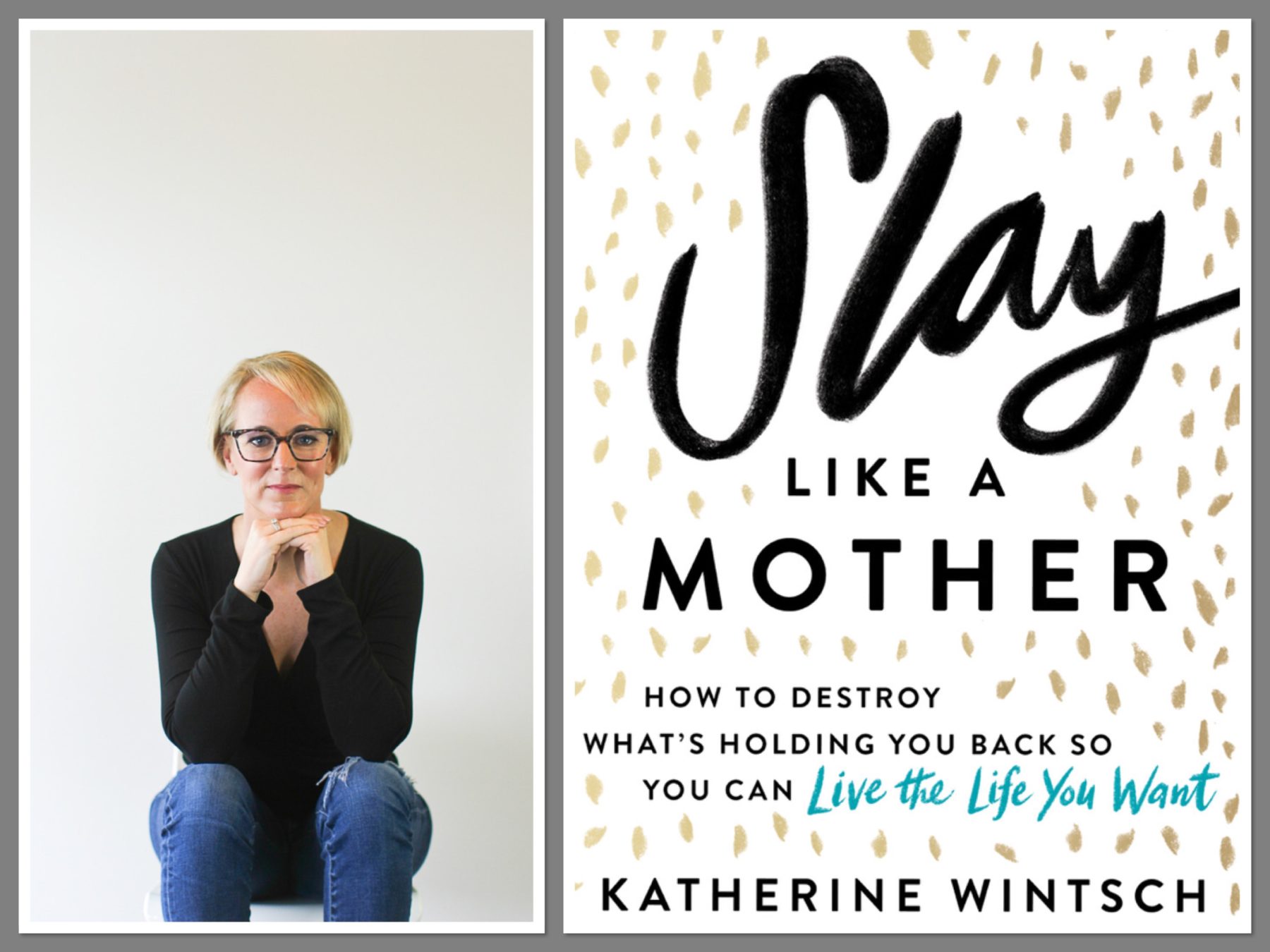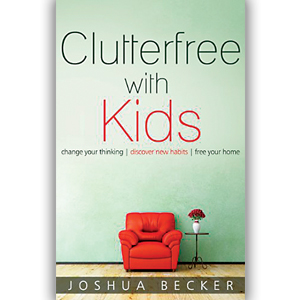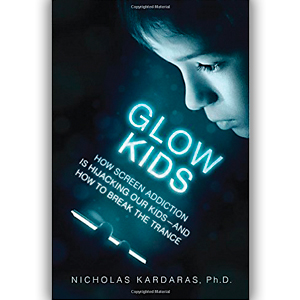Learning in Depth
While Kieran Egan’s program may have radical effects on student learning, it’s surprisingly easy to implement. The key to deep knowledge is the following: breadth, depth, and participation.
- “The breadth criterion requires that the topic has to have a lot of multidisciplinary material implicit in it.” Egan’s example – apples – provides biological, historical, cultural, nutritional, economic as well as artistic applications.
- “The depth criterion requires that students will have the possibility of increasingly detailed exploration.” This means that while the student gains expertise she comes to understand its limits and extremes.
- ” The third criterion requires that the topics are amenable to exploration in multiple modalities.”In other words, it must offer opportunities for cultural and personal engagements.
Learning in Depth addresses possible topics in detail, charting and then explaining the opportunities inherent of each. Egan also acknowledges the difficulties of some topics, such as animals. While it seems easy, it’s actually too general. The amount of information would be overwhelming. However, if my oldest daughter selected her favorite animal, the panda, that would be too specific. She’d have better luck with the whole family of bears. Once your child has chosen her topic, then she can begin building her portfolio.
Learning Tools During the Beginning Years: stories, images, metaphors, mysteries, jokes, puzzles and problems
Learning Tools During the Middle Years: the sense of reality, the extremes of experience, the limits of reality, the associations with heroes, the sense of wonder, the grasping of knowledge through human emotions, the changing context
Learning Tools During the Final Years: the sense of the abstract reality, the sense of agency (social action), the theories and their anomalies, the search for authority and truth
Now, “even if you are ready to go along with the possibility that it can all work out as suggested,” Egan explains, “you might still feel some vagueness about just what the project is going to look like in practice. Again, nothing like this has been tried before, and it is natural in such circumstances to ask for as clear a picture of what it will involve as possible.” While Learning in Depth can’t offer you one, Egan makes it clear that it’s the process, not the final product, which is the point.
Egan argues, “I think people who have only the sketchiest sense of knowledge, because they know nothing in depth, easily confuse their wishes, needs, and opinions with knowledge, and in so doing create many of our most serious social and political problems. They also have only the most tenuous ability to develop flexible imaginations, and they accept crude fantasies as readily as or more readily than they accept reality.” Regardless of what the final product looks like, I agree with Egan that the elimination of such pathologies is worth pursuing.
“Learning about the world, when done properly, is not merely an accumulation of bits of knowledge, like collecting hockey or football statistics. It would perhaps be excessive to call up Plato and St. Francis of Assisi as support for the potential wider value of what can happen to a student who becomes involved in learning something in depth. But both Plato and St. Francis point out that a central feature of becoming a moral person is to learn to become engaged with something outside the self, rather than seeing the world only in terms of one’s self and one’s needs.”
Ultimately, Learning in Depth aspires to teach children to attend to something distinct – “to learning the virtues of accuracy, precision, and also a respect for truth.” And while I hesitate to add yet another project to my plate, I suspect Egan is correct when he says it’d be a mistake to ignore the potential of this project.
Don’t forget to like Parenting by the Book on Facebook for updates on blog posts.
Read my other blog Befriending Forty at http://befriendingforty.blogspot.comand find out what happens when the person I thought I’d be meets the person I actually became.






